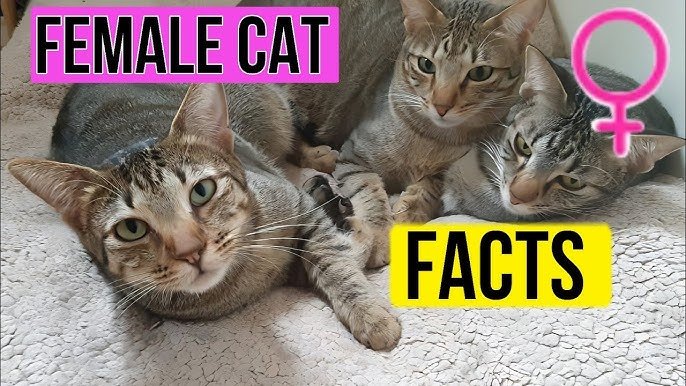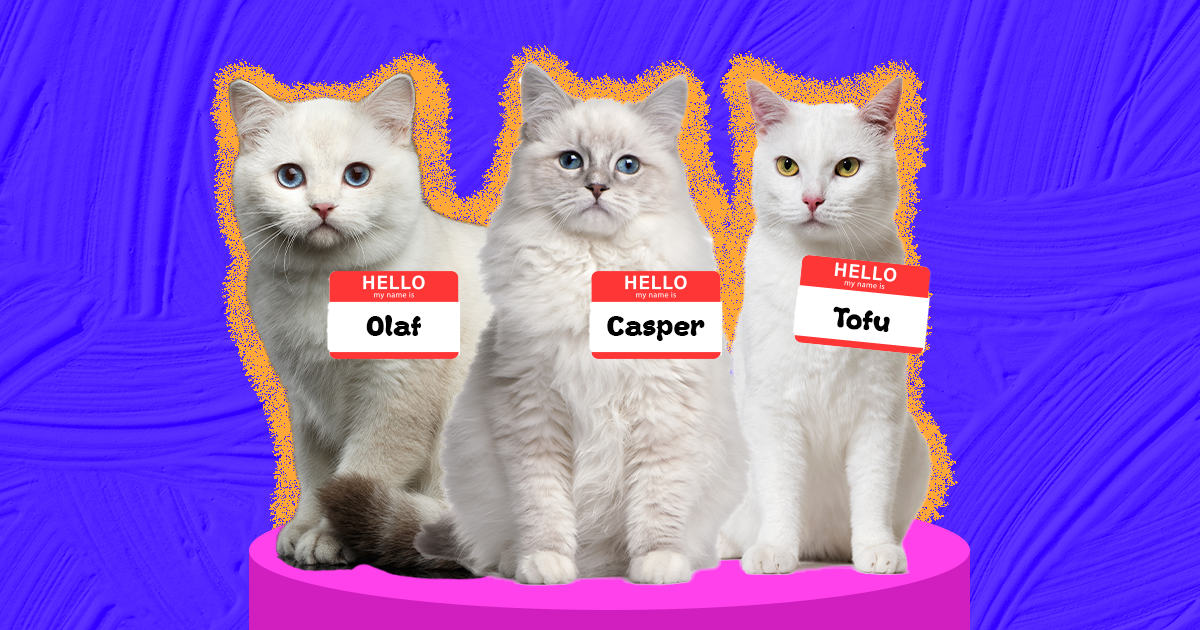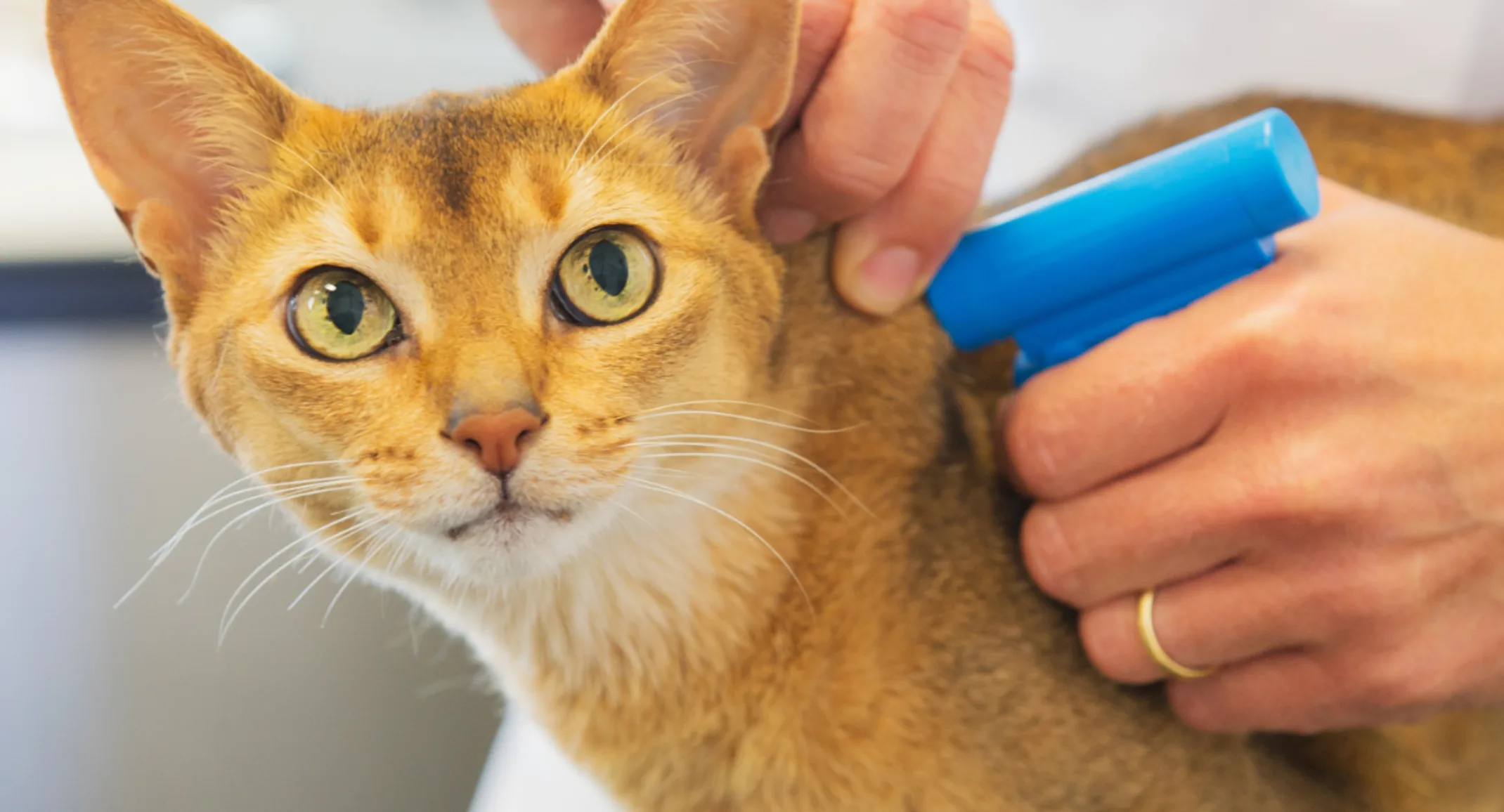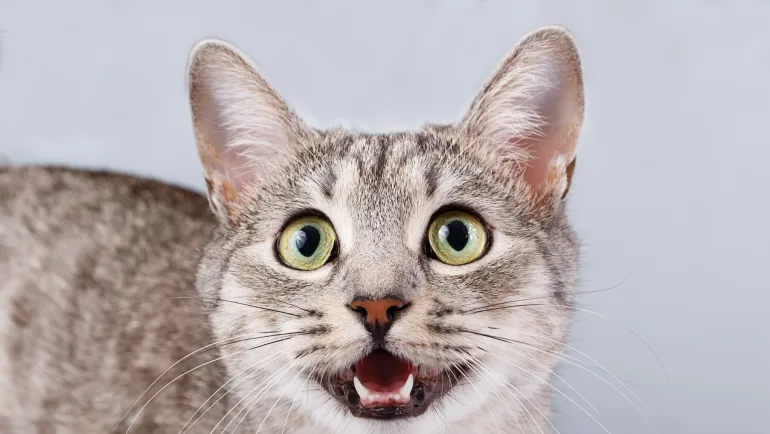Cats are known for their independence, but when it comes to motherhood, female cats—often referred to as queens—display remarkable maternal instincts. These instincts not only help them protect and care for their kittens, but also ensure their survival and development. Whether it’s during pregnancy, delivery, or raising their young, a mother cat’s behavior is full of fascinating, nurturing qualities. Here, we explore some of the most interesting facts about the maternal instincts of female cats.
1. Early Signs of Maternal Instincts During Pregnancy
The maternal instincts of a female cat begin to emerge even before the kittens are born. During pregnancy, queens often become more affectionate and nurturing, seeking out quiet, secluded spaces where they can prepare for the birth of their kittens. These behaviors signal the onset of her protective instincts.
- Increased Affection: Many pregnant cats will become more affectionate toward their human companions, rubbing against their legs or curling up in your lap. This increase in bonding helps build trust and security as she prepares to become a mother.
- Nesting Behavior: As the due date nears, pregnant cats will begin to search for a quiet and safe place to deliver their kittens. They may start nesting, collecting soft materials such as blankets, towels, or even small items they can find in the environment. Nesting is a natural instinct to create a comfortable, warm environment for the kittens.
2. Protectiveness During Labor and Birth
When the time comes for a cat to give birth, her protective maternal instincts become even more pronounced. She will usually seek out a quiet, private space where she feels safe and can labor without disturbance. If the cat feels threatened or stressed during delivery, it can affect the birth process, so ensuring a calm environment is essential.
- Seclusion During Labor: Queens prefer to labor in private, and they will often retreat to their nest for the birth. If they are disturbed, they may become agitated, so it’s crucial to allow them the space they need. A calm, darkened room is ideal for helping her feel secure.
- Self-Sufficiency During Birth: Cats generally give birth without the need for human intervention. The queen’s instinct to clean and care for her kittens is activated immediately after birth. She licks each kitten to stimulate breathing, dries them off, and encourages them to nurse.
3. The Role of Grooming and Cleaning
One of the key aspects of a mother cat’s care is grooming and cleaning her kittens. A queen will immediately begin licking each kitten after birth to clean them. This behavior serves multiple purposes:
- Stimulating Circulation and Breathing: Licking helps to stimulate circulation and encourage the kitten to start breathing.
- Bonding and Scent Marking: Grooming is not only essential for the kittens’ hygiene, but it also helps the mother and her kittens bond. Cats rely heavily on scent for identification, and the mother’s grooming marks her kittens with her scent, reinforcing the bond between them.
- Encouraging Elimination: A queen also licks her kittens’ genital areas to encourage urination and defecation, a process that is vital for their health in the first few weeks of life.
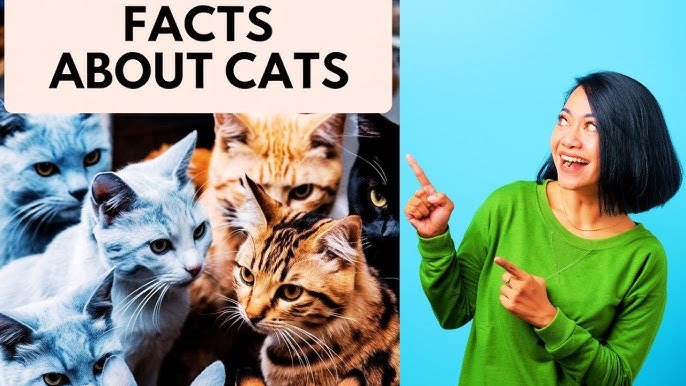
4. The Queen’s Protectiveness Over Her Kittens
The maternal instincts of female cats are closely tied to their protective nature. Once the kittens are born, the queen’s role shifts from giving birth to guarding and nurturing her young. The queen will protect her kittens fiercely and may become aggressive if she perceives a threat. Here’s how she ensures her kittens’ safety:
- Aggressive Behavior Toward Threats: A mother cat will display protective aggression toward any perceived threat, including unfamiliar people or animals. She may hiss, growl, or even attack if she feels her kittens are in danger. This fierce protection is one of the strongest maternal instincts of the queen.
- Moving the Kittens: If the queen feels that her nest is no longer safe, she may move her kittens to a new location. This behavior is instinctive and ensures that her young are always in a secure environment. Sometimes, the mother will even move her kittens in the middle of the night when there is less risk of being disturbed.
5. Teaching Kittens Independence
While a mother cat is highly protective in the early stages, she also plays an important role in teaching her kittens how to become independent. As the kittens grow, their mother will begin to encourage them to explore, play, and eventually eat solid food. This gradual process helps kittens develop social skills and survival instincts.
- Encouraging Play: Queens engage in play with their kittens to teach them hunting and fighting skills. These play sessions also help the kittens build strength and coordination, which will be essential for their survival in the wild.
- Gradual Weaning: The queen will begin the weaning process by gradually introducing her kittens to solid food around four weeks of age. By six to eight weeks, the kittens should be fully weaned, though they may continue nursing for comfort for a little longer.
6. The Queen’s Role in Socialization
A mother cat plays a critical role in the socialization of her kittens. In the first few weeks of life, kittens rely entirely on their mother for warmth, food, and comfort. As they grow older, the queen will encourage social interaction both with her and her kittens’ surroundings.
- Interaction with Humans and Other Animals: Queens often allow their kittens to interact with their human caregivers, which helps them become accustomed to human touch. Some mother cats will also socialize their kittens with other pets in the household, which is crucial for fostering a well-adjusted, friendly adult cat.
- Separation and Independence: As the kittens approach eight weeks of age, the queen will begin to encourage their independence by gently pushing them away from her. This signals the beginning of the kittens’ transition into adulthood.
Conclusion
The maternal instincts of female cats are truly fascinating. From the protective behaviors displayed during pregnancy and labor to the nurturing care they offer their kittens after birth, queens demonstrate how deeply ingrained their maternal instincts are. By understanding these behaviors, cat owners can better care for their pregnant or nursing cats, creating a safe and comfortable environment that supports both the mother and her young. Whether it’s the way they groom, protect, or teach their kittens, a mother cat’s devotion to her offspring is a powerful reminder of the beauty of animal motherhood.

